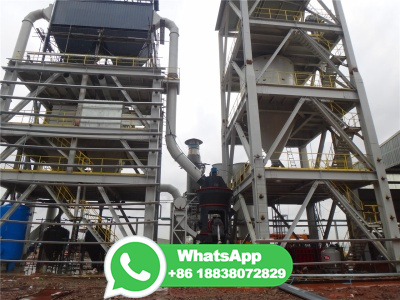Synthetic fuel Wikipedia
Ruins of the German synthetic petrol plant (Hydrierwerke Pölitz AG) in Police, PolandThe process of direct conversion of coal to synthetic fuel originally developed in Germany. Friedrich Bergius developed the Bergius process, which received a patent in Goldschmidt invited Bergius to build an industrial plant at his factory, the Th. Goldschmidt AG (part of Evonik Industries from 2007 ...




![[MOD ] Bergius Process Factorio Forums](/bs2qdyc/221.jpg)




















